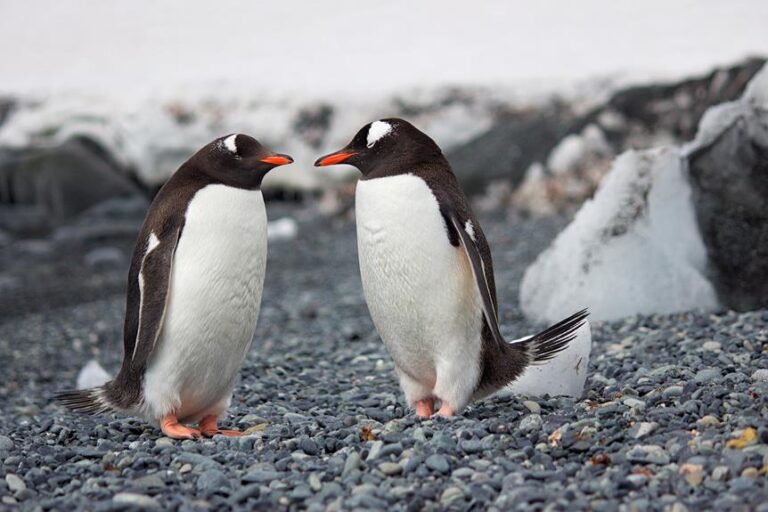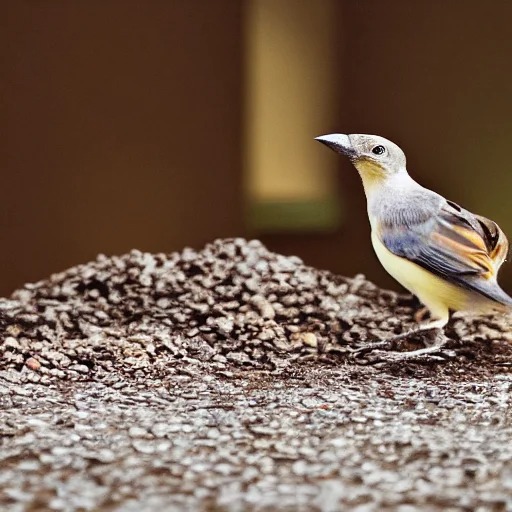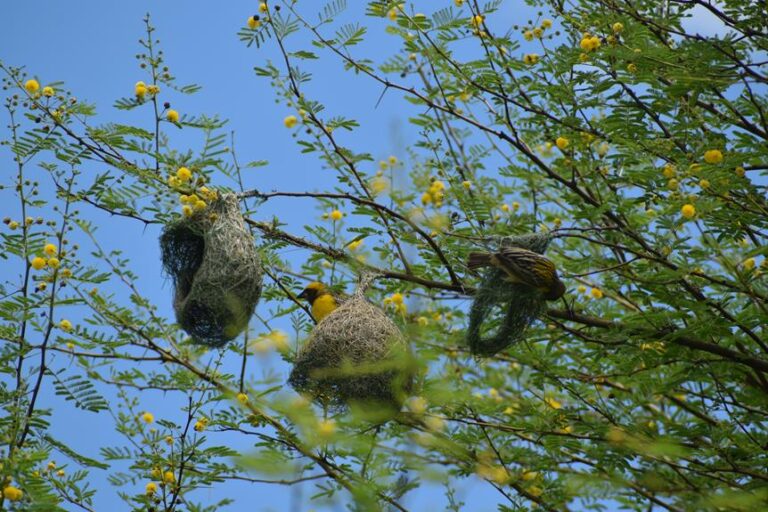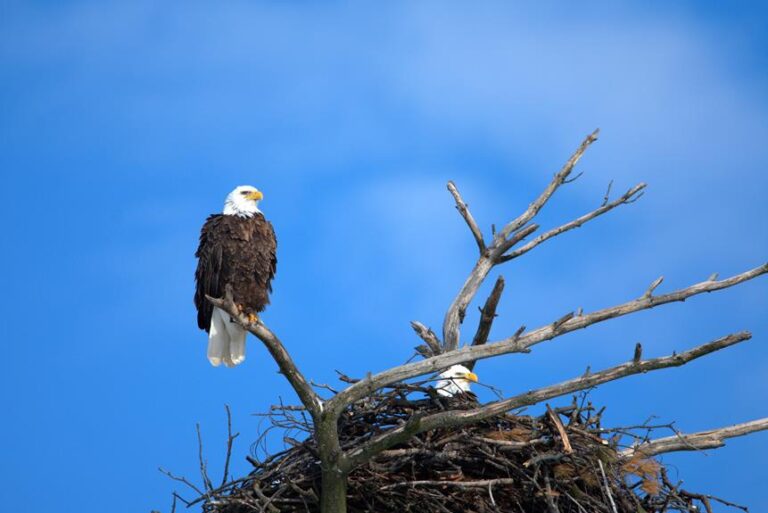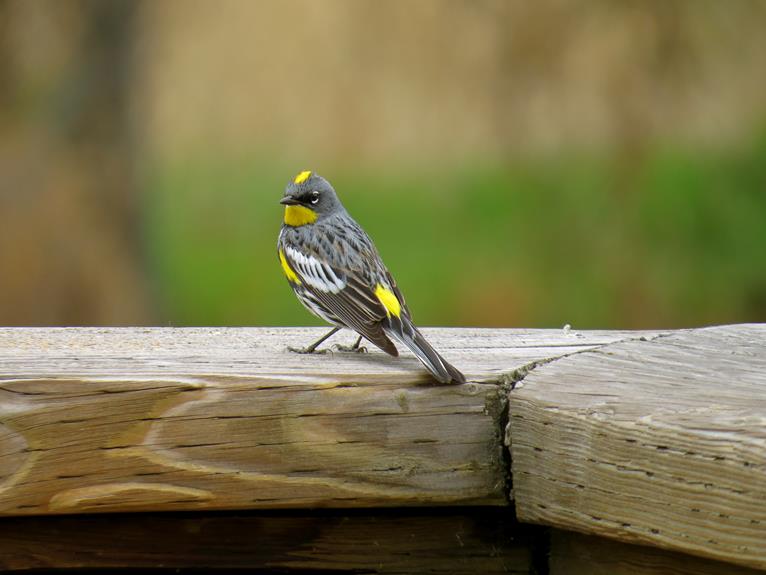Birds, with their intricate social behaviors, challenge the notion of individualism by displaying care and assistance towards individuals outside of their species.
Altruistic acts, cooperative breeding, and instances of birds aiding each other across species illustrate the complexity of avian interactions. By examining these behaviors, we can gain a deeper understanding of avian social dynamics and the potential benefits they confer.
Contents
Key Takeaways
- Parental care is fundamental in avian behavior, with birds investing time and effort in building nests, protecting eggs, and nurturing young.
- Cooperative breeding is observed in avian groups, where birds collaborate to raise offspring of a single pair, providing increased protection and shared parental responsibilities.
- Altruism can be observed in the bird kingdom, with birds engaging in acts of altruism by helping unrelated individuals, challenging traditional theories of natural selection.
- Some birds display helping behavior across different species, assisting each other in various tasks such as grooming, feeding, and defense, indicating that helping behavior is not limited to within their species.
Parental Care in Avian Behavior
Birds invest significant time and effort in nurturing their young through various forms of parental care. This fundamental behavior is observed across avian species, highlighting the importance of parental care in bird biology.
For instance, penguins exhibit dedicated parenting by sharing the responsibilities of incubating eggs and feeding their chicks. Both male and female penguins take turns incubating the eggs, ensuring their warmth and protection.
Raptors, on the other hand, display meticulous defense of their nests against potential threats, such as predators or intruders. They actively guard their young and territory, providing a safe environment for their offspring to grow and develop.
These observations illustrate the intricacies of avian parental care and emphasize the significance of this behavior in ensuring the survival and success of bird species.
Cooperative Breeding in Avian Groups
Cooperative breeding is a phenomenon observed in avian groups, where individuals collaborate in raising the offspring of a single pair.
This behavior is not limited to a single species but rather can be seen across various bird families. It provides benefits to both the parents and the helpers, as it allows for increased protection and shared parental responsibilities.
In cooperative breeding systems, there are typically one or two dominant individuals, known as the “breeding pair,” who are responsible for producing offspring. Other individuals, referred to as “helpers,” assist in tasks such as nest building, incubation, feeding, and defending the nest from predators.
The helpers are often offspring from previous breeding seasons who have delayed dispersal. This cooperative behavior allows for improved reproductive success and overall survival within the avian group.
| Cooperative Breeding in Avian Groups |
|---|
| Phenomenon |
| – Collaboration in raising offspring |
| – Multiple individuals involved |
| Benefits |
| – Increased protection |
| – Shared parental responsibilities |
| Typical Roles |
| – Breeding pair |
| – Helpers |
Altruism in Bird Behavior
In the realm of avian behavior, the phenomenon of altruism challenges traditional theories of natural selection, as birds engage in acts of selflessness by aiding unrelated individuals.
This altruistic behavior has intrigued researchers for decades, as it raises questions about the evolutionary benefits and costs associated with helping others.
Two interesting aspects of altruism in bird behavior are:
Kin Selection:
- Kin selection theory suggests that birds are more likely to help individuals who share genetic relatedness with them.
- By assisting relatives, birds indirectly pass on their genes to future generations, increasing their inclusive fitness.
Reciprocal Altruism:
- Some birds exhibit reciprocal altruism, where they help unrelated individuals with the expectation of receiving help in return in the future.
- This behavior is often observed in species that form long-term social bonds and engage in cooperative activities, such as grooming or defending territory.
Helping Behavior Across Bird Species
The phenomenon of helping behavior extends beyond a single species in the bird kingdom. Instances of interspecies cooperation have been documented, where birds assist each other in various tasks such as grooming, feeding, and defense.
This interspecies collaboration challenges the traditional notion that helping behavior is limited to within their own species. To illustrate this intriguing phenomenon, the following table showcases examples of helping behavior across bird species:
| Species 1 | Species 2 | Type of Assistance |
|---|---|---|
| Honeyguide | Badger | Guiding to honey |
| Oxpecker | Giraffe | Removing parasites |
| Cleaner bird | Crocodile | Cleaning teeth |
| Gull | Penguin | Assisting in hunting |
| Vulture | Cheetah | Scavenging together |
These interactions demonstrate the diverse ways in which birds collaborate across species boundaries, highlighting the complexity and adaptability of avian social dynamics. Further research into these interspecies relationships can provide valuable insights into the evolution and function of helping behavior in birds.
Interspecies Cooperation in Birds
Instances of birds assisting each other in various tasks across different species have been documented, highlighting the intriguing phenomenon of interspecies cooperation in the avian world.
- Foraging Cooperation
Certain species of birds engage in cooperative foraging, where individuals from different species work together to increase their chances of finding food. For example, mixed-species flocks of birds can be observed in tropical forests, where different species join forces to locate and capture insects or other prey items.
- Anti-Predator Behavior
Birds also cooperate in defense against shared predators. For instance, alarm calls given by one species can alert nearby individuals from different species, enabling them to take evasive action and avoid predation.
These instances of interspecies cooperation challenge traditional notions of competition and highlight the complexity and adaptability of bird behavior.
Further research is needed to understand the mechanisms and benefits of these cooperative interactions among different bird species.
Sentinel Behavior in Bird Communities
Bird communities exhibit an intriguing phenomenon known as sentinel behavior, where certain birds take on the role of watchful guardians to detect potential threats.
These sentinel birds perch in elevated positions, such as tree branches or tall structures, to have a better vantage point for surveillance.
They remain vigilant, constantly scanning the environment for any signs of danger. When a sentinel bird detects a potential threat, it emits specific alarm calls or displays specific behaviors to alert the rest of the group.
This early warning system allows the group to take appropriate evasive action, such as fleeing or seeking cover. The table below provides examples of bird species that exhibit sentinel behavior:
| Bird Species | Habitat |
|---|---|
| Meerkats | Grasslands |
| Black-capped Chickadee | Forests |
| Red-billed Quelea | Savannahs |
| Prairie Dogs | Prairies |
Sentinel behavior enhances the overall survival of bird communities by increasing their ability to detect and respond to predators. It also allows other members of the group to engage in essential activities such as feeding or resting while remaining vigilant. This cooperative behavior showcases the intricate social dynamics within bird communities.
Importance of Helping Other Birds
Within bird communities, the act of helping other birds plays a crucial role in fostering cooperation and increasing survival rates. This cooperative behavior is observed across different species and can be explained by various factors.
Importance of Helping Other Birds:
- Increased foraging efficiency:
- Birds that work together to find food can cover larger areas and locate resources more efficiently.
- Cooperative feeding allows birds to share information about food sources, increasing their chances of finding food.
- Enhanced predator detection:
- Birds that help each other in sentinel behavior can detect predators early and alert the group.
- This early warning system allows the rest of the group to take evasive action, increasing their chances of survival.
These examples highlight the importance of helping behavior in bird communities. By working together, birds can improve their chances of survival and reproductive success, ultimately contributing to the overall success of their species.
The Fascinating World of Avian Care
The provision of care in the avian world is a fascinating phenomenon, showcasing the nurturing nature of birds. Birds engage in various forms of care, including parental care, cooperative breeding, altruism, helping behavior between species, and sentinel behavior.
These behaviors highlight the complex social dynamics and adaptive strategies employed by birds to ensure the survival and well-being of their offspring and communities.
One interesting aspect of avian care is cooperative breeding, where birds collaborate to raise the offspring of a single pair. Meerkats and African oxpeckers are examples of species that practice cooperative breeding.
This behavior provides increased protection and allows for shared parental responsibilities, ensuring the success of the young.
Another intriguing behavior is altruism, where birds engage in acts of helping unrelated individuals. This challenges traditional theories of natural selection and has intrigued researchers for decades.
Altruistic acts can come at potential costs to the helper bird, but they demonstrate the complexity of social interactions within bird communities.
Furthermore, birds also display helping behavior across different species, known as interspecies cooperation. Instances of birds assisting each other in tasks such as grooming, feeding, and defense have been documented. This highlights the interconnectedness and mutual support that can exist between different bird species.
In addition to these forms of care, birds designate sentinels to watch for potential threats. Sentinels play a critical role in detecting predators early, allowing the rest of the group to take appropriate evasive action.
This sentinel behavior enhances overall survival in bird communities and allows the group to stay vigilant while others engage in feeding or resting activities.
Conclusion
In conclusion, the diverse and intricate behaviors exhibited by birds challenge traditional notions of individualism.
Through acts of altruism, cooperative breeding, interspecies cooperation, and sentinel behavior, birds demonstrate a remarkable degree of care and assistance towards individuals outside of their own species.
These behaviors defy conventional theories of natural selection and highlight the complexity and richness of avian social dynamics.
By studying these fascinating behaviors, we can gain a deeper understanding of the potential benefits that come from birds taking care of other birds.

